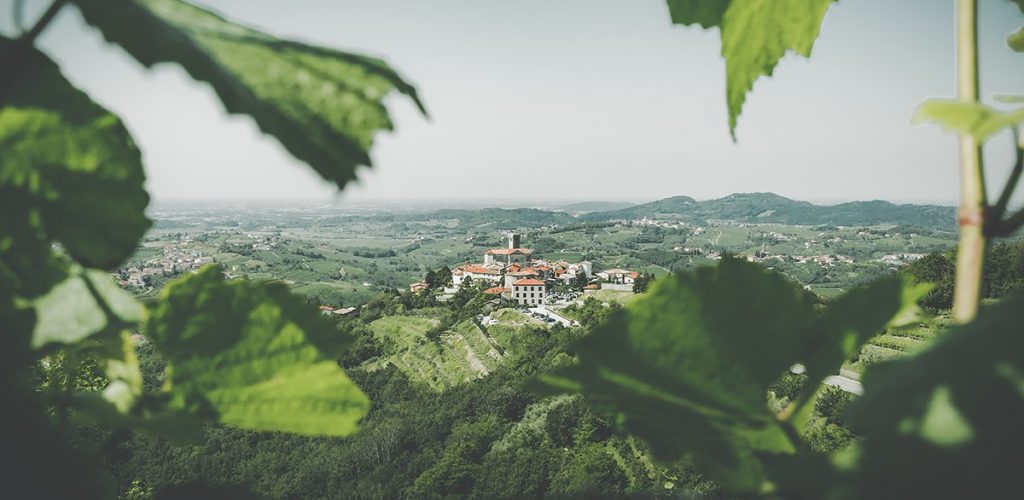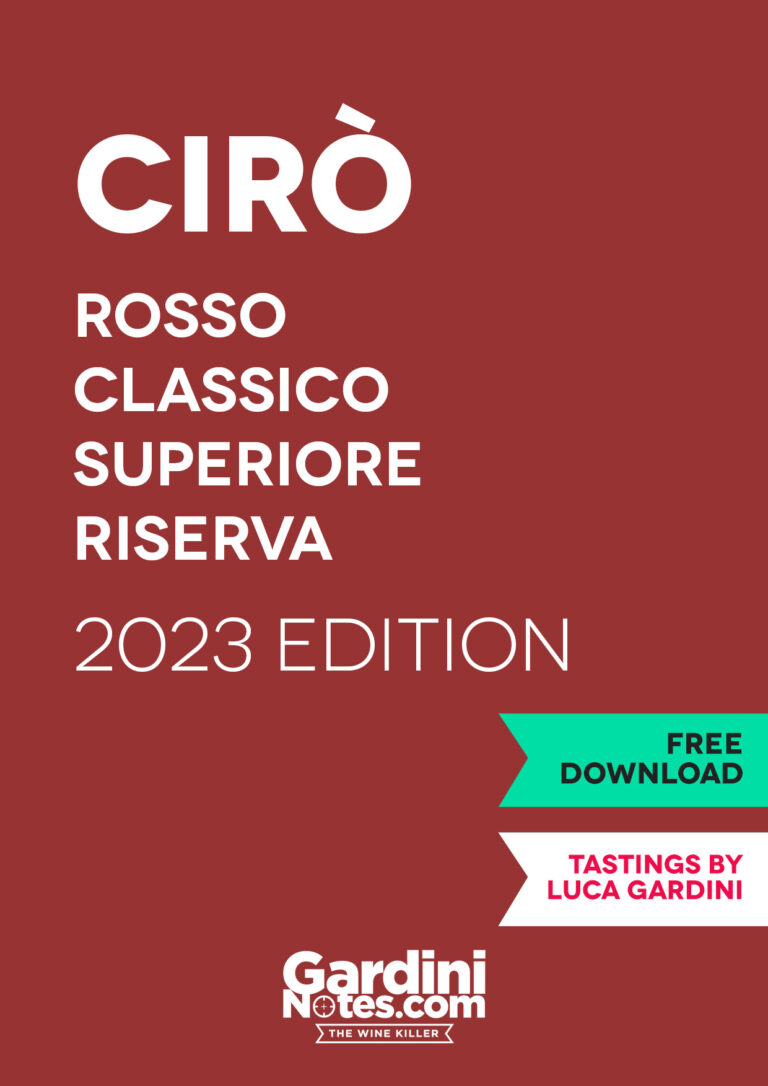The Brda / Collio region is a wine area located in central and southern Europe, distributed over Italy and Slovenia.


Here different varieties are cultivated, in particular the white ones, which are then divided into native and international varieties. Among the white grapes, one of the most typical of the area is the Ribolla Gialla; called Rebula on the Slovenian side. Historically, this region has been called by many different names. The name that remains, however, is from the period in which this territory found its greatest notoriety. By the way, it’s impossible to speak about just one Rebula / Ribolla, since different types belong to this family, including the yellow grape varieties of small bunch grapes, variety of large grapes and even the variation of green Rebula. However, thanks to the climate of Brda, combining the freshness of the Alps, and the influences of the Mediterranean Sea, the wines of this region display a rich aromatic composition.
The most distinctive feature of the Brda wines is, however, their minerality, due to a particular component of the soil – the world-famous ‘ponca’, or Opoka. It is clear, however, that this is one of those rare cases in which a wine varietal, instead of dividing, unites two territories separated by a national border but sharing territorial and, consequently, wine-growing affinities. The rest is the magic of interpretation, which allows expert winemakers to experiment with fermentation and aging, and always having the identity of the wine in mind, to give the consumers all the beauty and variety of a wine varietal that holds some of the most remarkable winemaking experiences in the world.
Classical Rebula wines
This style of Rebula wines offers well-crafted fruitiness with peach, white flowers, citrus and apple notes. It is characterized by a persistent acidity, which has a remarkable impact alongside its distinct mineral note. These wines are ready to drink from now to up to 3 years. To obtain such wines, the grapes are exclusively handpiked from terraced vineyards, normally in mid-September, when optimally ripe. The yield per hectare is between 7 and 9 tons. The wines are matured in stainless steel or large oak casks from 6 to 18 months on selected, even indigenous lees, with or without malolactic fermentation.
Mature Rebula wines
The grapes are picked from grassy terraced vineyards, aged from 15 to 65 years, with yields from 4 to 7 tons per hectare. All the procedures in the vineyard are handmade, including the harvest, which takes place in late September, beginning of October, when the grapes have a perfect phenolic maturity. The winemakers can decide for a short to long skin contact. The fermentation is on indigenous lees and maturation in oak casks and concrete tanks of different shapes and sizes from 18 to 36 months, usually with MLF. The result are elegant and vibrant wines, rich in texture, with a complex character and disarming ripe flavors, but again marked with minerality and a lovely acidity which gives the wine the opportunity to age very long and well.
Extended skin contact Rebula wines
These white wines behave like reds. They perform very rich structure with smooth tannins, because they undergo maceration. The period of skin contact ranges from hours to days to months. The technique promotes the extraction of tannins, flavor compounds and color. The results can be dramatic, amping up body, texture and structure, as well as intensifying flavors, aromas and color. To rely on this technique, the grapes must be perfect, so the harvest happens only in the best vintages. Rebula with prolonged skin contact is carefully handpicked when the grapes are overripe, very often from organically grown vineyards with yields from 3 to 5 tons per hectare. It is barrel fermented with indigenous yeasts and then matured in oak barrels, concrete tanks of different sizes and shapes or even amphorae up to 10 years. These are substantial wines with distinct longevity.








